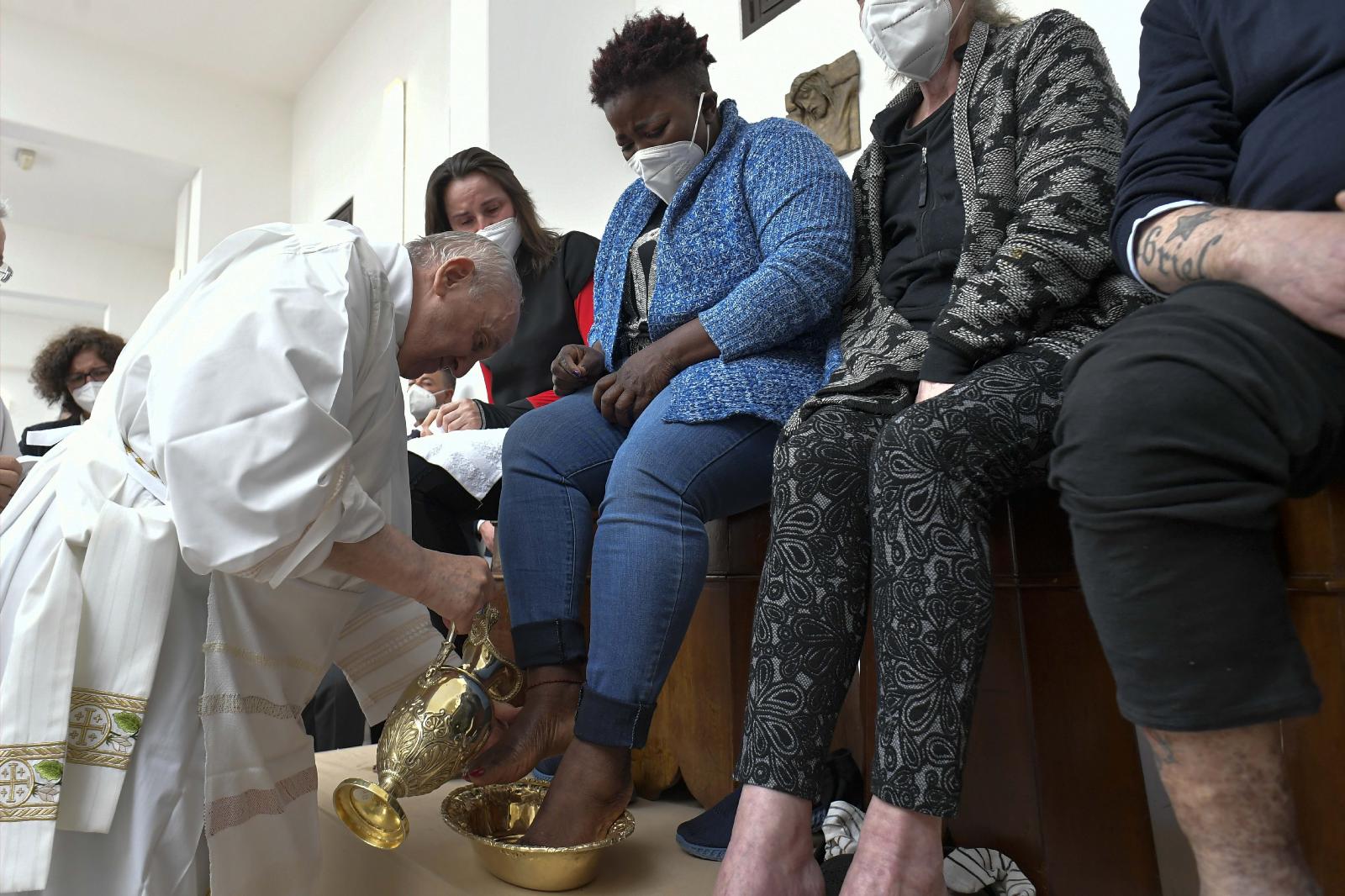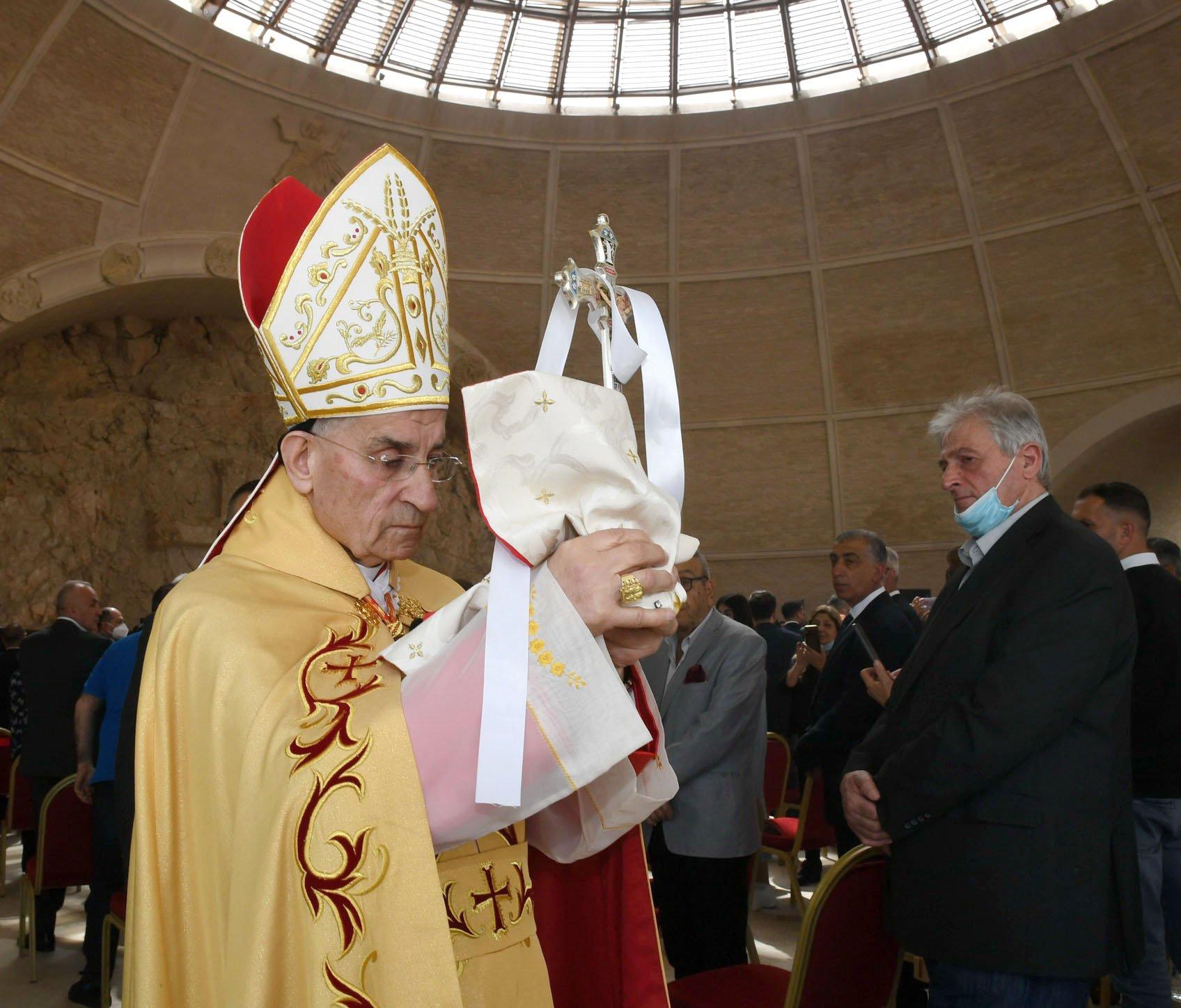The Resurrection isn’t a doctrine crafted by theologians, but a confession of faith rooted in personal encounters with Jesus himself, experienced first, tellingly, by the women in Jesus’ circle of friends. “Christ is Risen” is the earliest of all Christian credal statements and it arises from the experience of real people like ourselves who knew with the certainty of experience that Jesus had died - really died - but who now knew with the same certainty that he was alive. They knew, that is, with the certainty of bodily presence: they spoke with him, touched him, ate with him. They knew that death had not been the end: he had passed through death and was now with them once more.
That is the core of the Church’s faith and the cause of our irrepressible joy, not just today, but throughout our lives. Easter is the default mode for Christians. The mystery of love overcoming death, and all that deadens us even now, is what we are celebrating today and every day of our lives. Many who don’t share our faith would deride talk of Resurrection as a wish-fulfilling fantasy, not a mystery. Significantly, many who are of that opinion find little truly mysterious. Which is odd, since, even in this life, we’re surrounded by mystery: not just things we don’t yet understand, but things that are permanently beyond the reach of full understanding.
It is not insignificant that this applies to all the things in life that we value most. Indeed, the more we do understand, the more mysteries multiply, and the deeper the ultimate mystery becomes. The very fact of our existence, indeed, the fact of existence itself – why there is anything at all, rather than nothing – is the most immediate and pervasive of all mysteries, present in every question we ever ask. Taking existence for granted, detecting there no mystery, nothing that raises this ultimate question, is surely credulity on a gigantic scale, demanding the blindness of the blindest faith.
Again, there are some who have the same reductionist attitude to the deepest personal mystery we experience in this life, the experience of loving and being loved. For the reductionist, hormones, genes (selfish or otherwise) and biological imperatives are prosaically preferable to Dante’s “love that moves the Sun and the other stars”. But if you do find the fact of existence and the experience of love a mystery and a miracle, as any intelligent, enquiring mind and any properly functioning human heart should, then the Resurrection is no more and no less a mystery and a miracle.
But what difference does the mystery and miracle of the Resurrection make to our lives here and now? In the gospel accounts of Jesus’ post-resurrection appearances, there are three invitations which, taken together, tell us what that difference his rising from death makes. They are: “come and see”, “go and tell”, “do not be afraid”. We’re invited to “come and see”, to take to heart the proof of God’s indescribable love for us given in the Resurrection. We’re invited to “come and see” that sin and death really are beaten enemies, because, even though we still stumble like children learning to walk, we are, by our baptism, pointed away from sin for ever and turned towards God eternally. The Risen Christ is the grain of wheat sown in the earth of our still mortal bodies, the seed of immortality, the pledge that everything truly human and truly alive in us will rise in glory. We’re invited to “go and tell”.
Notice that the first to be invited to go and tell are not Peter and the Twelve – they’re hiding, cowering, afraid – but women friends of Jesus. That itself is remarkable, given that, in that culture, women were legally insignificant and regarded as untrustworthy as legal witnesses. But they are the first to see and hear and touch the risen Jesus. Mary Magdalene is much more than an individual woman, who had loved Jesus, lost him and now, in some incomprehensible way, found him. She is the proto-typical apostle, the first apostle to the apostles themselves, sent to them as a believer in the resurrection to tell the Church that he has indeed risen.
That Good News must be evident in our lives and even on our faces: that’s what we have to give to the world; that’s what we must go and tell. We, too, are messengers of hope, “Heralds of the Great King”, as St Francis of Assisi described himself, filled with faith evidenced by our love for one another. And, finally, “Do not be afraid” – of anything, not even death and dying. Jesus died but is now risen from death; his risen body is the nucleus of a new world, that transcends the world we now know and is even more real.
St Paul tells us that the same is true of us, in a way as yet imperfect, but none the less real: “You have died and your life is hid with Christ in God. When Christ, who is our life appears, you also will appear with him in glory.” In the light of the Resurrection, death is no longer a menacing shadow, a pall over all we treasure most. Our lives have been secured, God’s new creation has begun. We are freed from our pasts, freed to live in the present, which is God’s presence, in faith, hope and love; freed to delight with abandon in God’s creation; and freed to look to the future with unshakeable confidence. If we no longer need fear even death, what else is there to be afraid of? For those who have died in Christ and now live already with his life, death is behind us. As St Augustine said: “We are Easter people and Alleluia is our song.”



 Loading ...
Loading ...
What do you think?
You can post as a subscriber user ...
User comments (0)